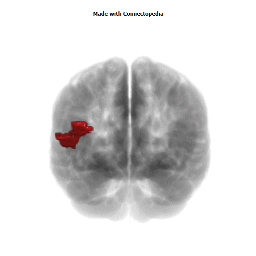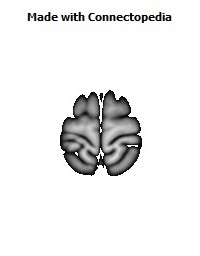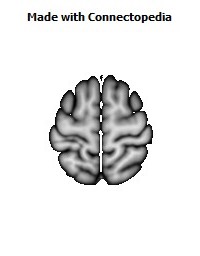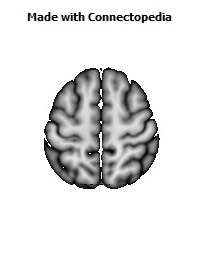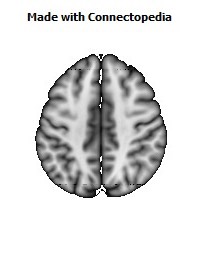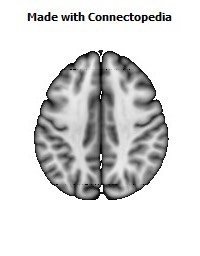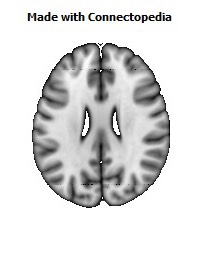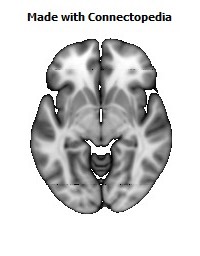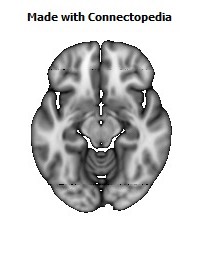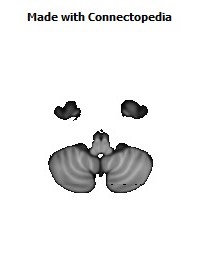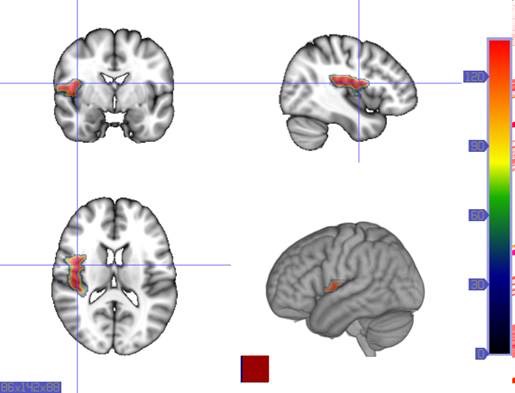
In human brain anatomy, an operculum (Latin, meaning "little lid") (pl. opercula), may refer to the frontal operculum, part of the frontal lobe, or to the parietal operculum, part of the parietal lobe, or to the temporal operculum, part of the temporal lobe, which together cover the insula as the opercula of insula. It can also refer to the occipital operculum, part of the occipital lobe.
The insular lobe is a portion of the cerebral cortex that has invaginated to lie deep within the lateral sulcus. The insular lobe sits like an island (the meaning of insular) almost surrounded by the groove of the circular sulcus and covered over and obscured by the insular opercula.
A part of the parietal lobe, the frontoparietal operculum, covers the upper part of the insular lobe from the front to the back. The opercula lie on the precentral and postcentral gyri (on either side of the central sulcus). The part of the parietal operculum that forms the ceiling of the lateral sulcus functions as the secondary somatosensory cortex.
Development
Normally, the insular opercula begin to develop between the 20th and the 22nd weeks of pregnancy. At weeks 14 to 16 of fetal development, the insula begins to invaginate from the surface of the immature cerebrum of the brain, until at full term, the opercula completely cover the insula.
